Teaching the New Tools of Monetary Policy
Resources for teaching the Fed's monetary policy tools in an ample-reserves framework.
{{searchResultSnippet}}
 Back to All
Back to All

In this video assignment, see Federal Reserve leaders discuss the importance of price stability.
Inflation affects people differently. If you have taken out a loan—say, to buy a home— at a fixed interest rate, inflation is good for you. That’s because the dollars you pay back are worth less than when you borrowed them. But high inflation has mostly negative effects. It can lead to a decrease in what people can buy with their savings. People on fixed incomes can suffer because their incomes don’t buy as much as they could before. Individuals and businesses will increase the time and money they expend trying to avoid the effects of the increase in prices. Workers may have problems paying their bills if their wages don’t rise as fast as prices, and individuals and businesses may face challenges in drawing up contracts. Individual prices go up and down, and that plays an important allocative role in our society, but the general level of prices— whether the general level of prices is roughly stable or is rising at a very rapid rate— that’s something that importantly affects the plans of savers as they try to plan for their retirement, affects what it means, how difficult it is, for example, to pay off the debt that a household or a business has undertaken. Having a predictable and low rate of inflation is important to making those financial decisions. Price stability is essential to having an economy that is able to grow. When you don’t have price stability— and so, when inflation begins to grow— people make different decisions about how they’ll spend their money. Businesses will spend their time worrying about keeping their books up to rate with inflation and not conducting the businesses that they’re supposed to conduct: creating the products and services that we value, that we buy and sell, and that we live by. The reaction that the Federal Reserve has to take if inflation gets high— and we saw periods of this back in the ‘70s— is to begin to raise interest rates in a way that has OTHER adverse reactions to our economy: people lose their jobs, businesses pull back... And so we are very careful, given those experiences, to think about how to maintain a more constant level of price stability in this country. In the 1970s and early 1980s, inflation was very high, so the Fed worked to decrease the growth of the money supply, tighten credit conditions, and raise interest rates to bring inflation down, but that brought on a short-run rise in unemployment. That was painful, but necessary— because continued price instability would have prevented the U.S. from achieving maximum sustainable economic growth and full employment in the long run. The Fed learned from this experience. Fed policymakers work hard to keep prices stable, taming inflation before it ramps up, while at the same time considering the Fed’s other goal of maximum employment.
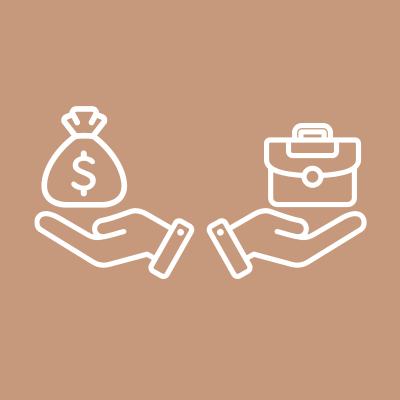
Teaching the New Tools of Monetary Policy
Resources for teaching the Fed's monetary policy tools in an ample-reserves framework.
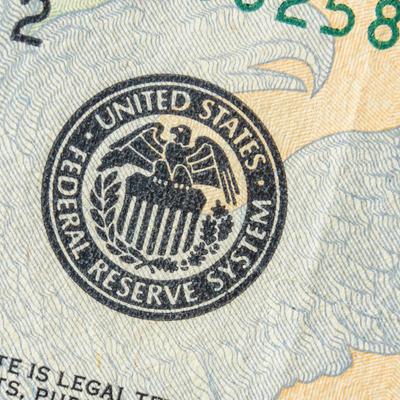
Making Sense of the Federal Reserve
Introduce the structure of the Federal Reserve and the basics of monetary policy.

Market Basket
Interpret the effects of inflation on consumers.
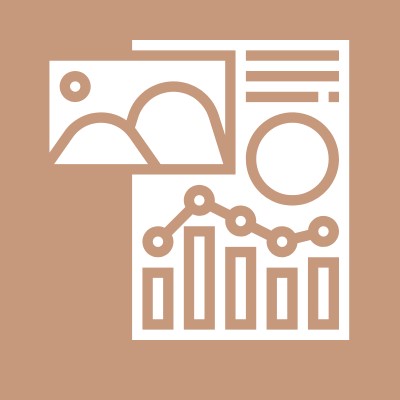
Infographic Posters
Browse infographics for your classroom.
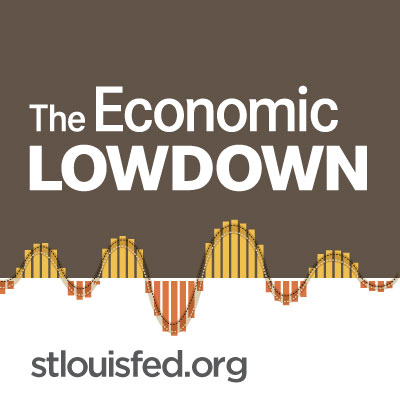
Econ Lowdown Podcast Series
21 Economics audio assignments for your classroom
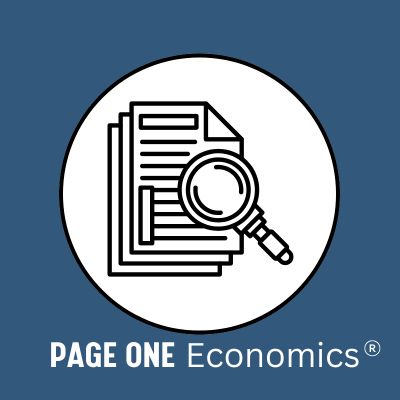
Beyond Inflation Numbers: Shrinkflation and Skimpflation
Define shrinkflation and skimpflation.
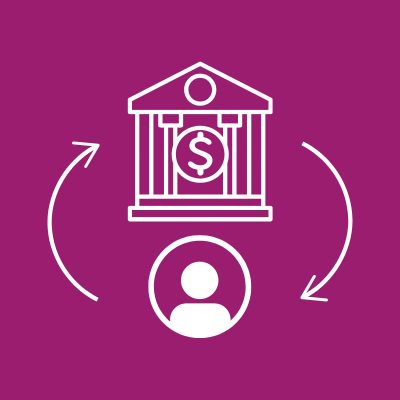
Boom Times and Bubbles: The Internet Age
Learn about the Monetary Control Act of 1980.

Central Banking
Learn the basics parts a central bank.

Creation of the Federal Reserve
Learn about banking panics, recessions, and depressions in the U.S. during the 1800s.

Inflation, Deflation, and Disinflation
Learn the differences between inflation, deflation, and disinflation.

Inflation, the Fed, and You
Learn what causes inflation.

Introduction to the Federal Reserve
Introduce the Fed’s three main functions.

Monetary Policy Fed and You
See how the Fed conducts monetary policy.

Money Versus Barter
Learn how money solves problems created by barter systems.

Stagflation in the 1970s
How did Federal Reserve Chairman Paul Volcker contain inflation, spurred economic growth, and reduced unemployment?

Structure of the Federal Reserve
Learn about the Board of Governors, the Reserve Banks, and the FOMC.
{{resourceTitle}}
{{resourceBlurb}}